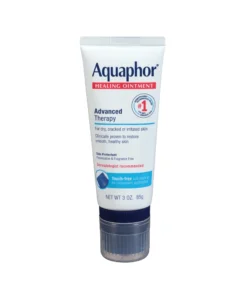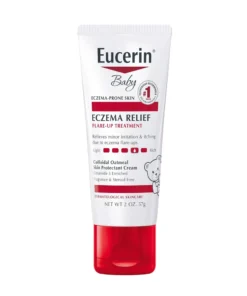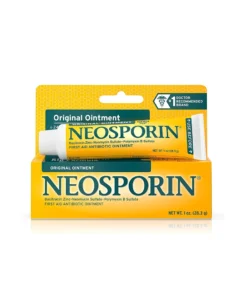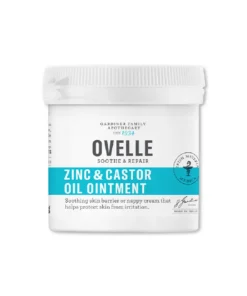
FAQs
Ointments are topical skin medicines that can be applied directly to the affected area. They often feel "stiff" as they are applied to the skin because of their oily or greasy texture. Drugs in ointments might have a topical effect or be absorbed into the body to have a systemic effect. Petroleum jelly is used to make a wide variety of topical treatments. Preservatives, aromatic compounds, and colours are sometimes added to medicinal formulations like these in the hopes of increasing patient compliance. Even though there isn't a universally accepted definition of creams in the pharmaceutical industry, they function similarly to ointments.
Ointments, which may contain medicines, moisturisers, or cosmetics, are able to be applied to the eyes, skin, and mucus membranes to assist in the treatment of a wide variety of conditions, including dry skin, cuts, scrapes, burns, bites, and haemorrhoids. The primary purposes of topically applied pharmaceuticals are as follows: (1) to shield the injured area from the surrounding environment and allow the skin to heal; (2) to hydrate the skin or produce an emollient effect; and (3) to deliver a medication to the skin for a particular effect, either topically or systemically.
- eutrogena.
- Go-To Skincare.
- Clinique.
- Mario Badescu. Sukin.
- COSRX.
- Drunk Elephant.
- Estée Lauder.
- Estée Lauder emerged victorious from an investigation that was carried out a few years ago by Refinery29 into the most well-known and widely used brands of skin care products all over the world.








